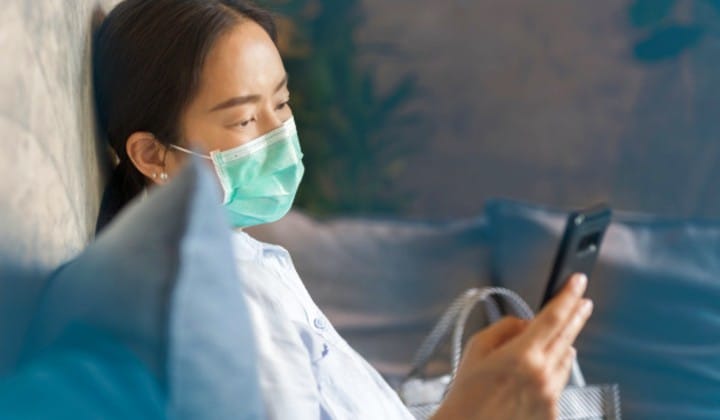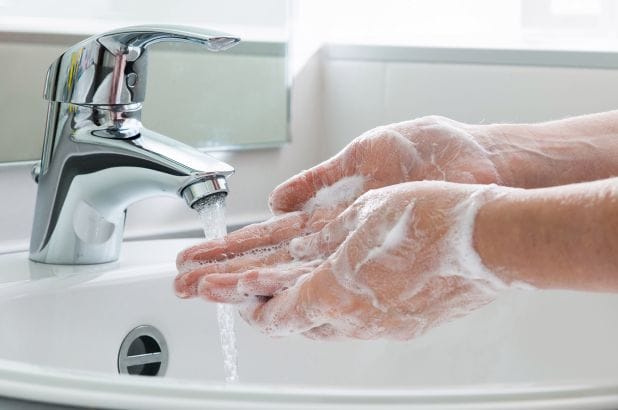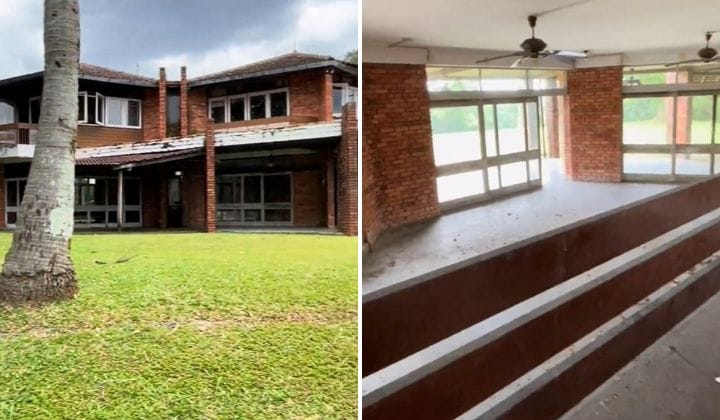Here’s MOH’s Home Quarantine Guideline For Asymptomatic Covid-19 Patients
MOH has asked asymptomatic positive individuals to stay home as health facilities struggle to cope with increasing cases.

Subscribe to our Telegram channel for the latest stories and updates.
If you’re one of the few lucky ones to have enough space to safely quarantine at home, the Health Ministry recently tweeted a safety guideline for Covid-19 positive patients to undergo their quarantine period in the comfort of their own homes rather than at quarantine centres.
Health Director-General Tan Sri Dr Noor Hisham Abdullah had previously stated that low risk and asymptomatic patients, known as Category One and Two Cases, are usually placed at Covid-19 quarantine and low-risk treatment centres (PKRC).
However, seeing as health facilities are becoming impacted by the constant four-digit increase in new cases daily, the Health Ministry is now considering the possibility of having asymptomatic Covid-19 positive individuals undergo home quarantine, instead.
READ MORE: Think You Might Be Covid-19 Close Contact? MOH Explains What Happens
1. Get in touch with your district health office
If you suspect you have contracted the illness, get yourself tested. If you have already tested positive, the Health Ministry’s tweet says that the district health office will contact patients to undergo Covid-19 swab tests.
Once confirmed positive, they will provide a Monitoring and Observation Order and a quarantine band for positive patients staying at home.
2. The positive patient will need to stay at home for 10 days
Quarantine at home will mean that you won’t be allowed to leave your house for any reason for the period of 10 days.
The World Health Organisation (WHO) also advises that you avoid having visitors over and that they should not interact with the patient under any circumstances.
3. The positive patient should not share a room with any other household members

Unless this is possible, home quarantine shouldn’t be your first choice.
A separate room with adequate ventilation should be allocated for the patient. Other household members should stay and sleep in another room and be separated from the patient at all times.
If possible, other household members should also avoid sharing the same bathroom with the infected person. If you have no choice, WHO advises that taps, doorknobs, and other items are cleaned regularly with soap and water.
4. Household members will have to always wear a face mask and maintain 1 – 2 meters of physical distance from the patient
Yes, if you are positive and choose to quarantine at home, your other household members will have to constantly wear a face mask while at home. You must also constantly maintain a physical distance from them to avoid getting them infected as well.
5. Meals, drinks and other essential items should be placed outside the patient’s room door to be taken by themselves

Practice contactless delivery when passing food and other essential items to the patient to minimise physical contact between the positive individuals and other members of the household.
6. Other household members will need to wear gloves when handling items used by the positive patient.
When handling items used by the infected individual, such as plates, cups, and eating utensils, household members will need to wear disposable gloves.
After use, the gloves should be properly discarded without reuse, preferably in a closed container.
WHO advises that separate dishes, cups, eating utensils, bedding, towels, and other essential items be assigned for the infected person.
Beddings, towels, and clothes used by the infected person should be washed with soap and water separately from those used by the rest of the household.
7. The positive patient and other household members should wash their hands with soap and water or use hand sanitiser as frequently as possible.

Wash your hands frequently with soap and water for at least 20 seconds at a time and use alcohol-based hand sanitiser when you don’t have the immediate option of using water and soap.
Household members should also avoid touching their eyes, nose, and mouth with unwashed hands.
8. The positive asymptomatic patient should monitor themselves for Covid-19 symptoms and update these on the MySejahtera app.
Monitor your body temperature every day using a thermometer, and if you develop any flu-like symptoms, such as a fever, cough, difficulty breathing, sore throat, or body aches and pain, update these on the MySejahtera app.
Check out the Health Ministry’s tweet on the matter below:
Jika anda tinggal serumah dengan kes positif #COVID19 yang memilih untuk menjalani kuarantin di rumah, ini langkah-langkah pencegahan yang WAJIB anda lakukan. pic.twitter.com/lufnK03pYN
— KKMalaysia🇲🇾 (@KKMPutrajaya) January 8, 2021
Share your thoughts with us via TRP’s Facebook, Twitter, and Instagram.
Starving forensic investigator turned writer cause she couldn't find a job. Used to search for killers now searches for killer stories.








